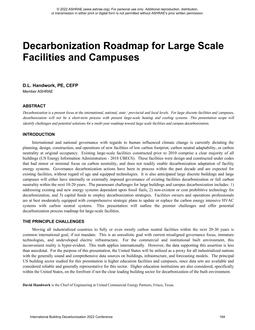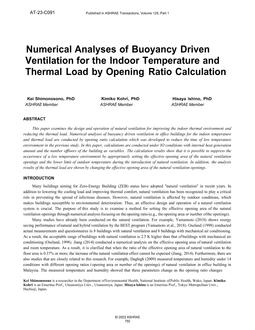
CH-12-C040 — Central Plant Energy Savings by Operator Training
The central plant at the University of Southern Indiana currently serves 18 campus buildings over 300 acres. The central plant produces and circulates chilled water for air handlers at the individual buildings. The system includes primary chiller pumps, secondary circulation pumps to deliver flow throughout the campus and tertiary pumps in each campus building. The chilled water system consists of five chillers, a chilled waterstorage tank and a plate and frame heat exchanger that can be used when the outdoor air temperatures are low enough. The total capacity is 6500 tons of cooling.
The system has been added to numerous times over the past 40 years, by different engineering firms, each implementing different system considerations. Through the years, buildings and units have been added to the system, and HVAC operators have left and new ones have been hired, resulting in some inefficient practices. The physical plant manager initiated a request for updated training of the operators and analysis of the system to reduce energy expenses.
This paper discusses methods of energy savings that relate to the chilled water supply: a correction of improper use of the chilled water tank, the development of a graphical method for chiller staging, and the identification of system conditions that will result in negative readings from the differential pressure transmitter that is used to control the secondary circulation pumps. Part of the system analysis was done as part of a seniorlevel thermal science class, which is also discussed. It has been demonstrated that HVAC system training for the operators can result in increased energy-efficiency in system operation.
Product Details
- Published:
- 2012
- Number of Pages:
- 8
- File Size:
- 1 file , 880 KB
- Product Code(s):
- D-CH-12-C040
- Note:
- This product is unavailable in Russia, Belarus


